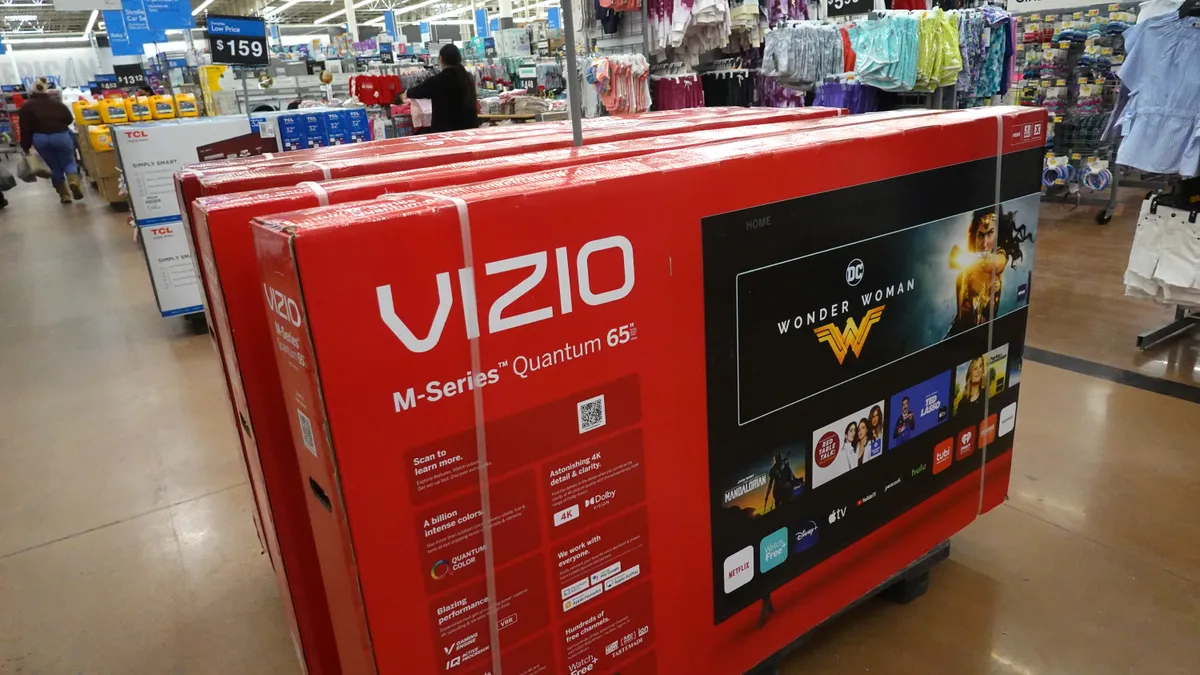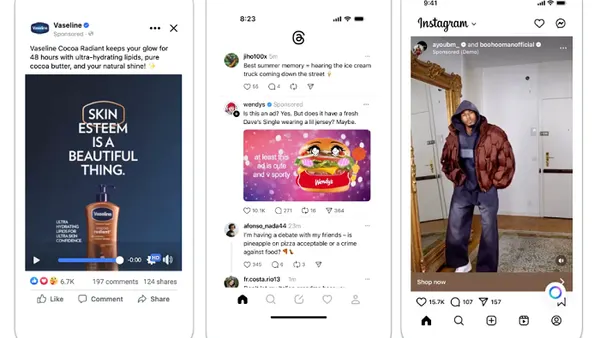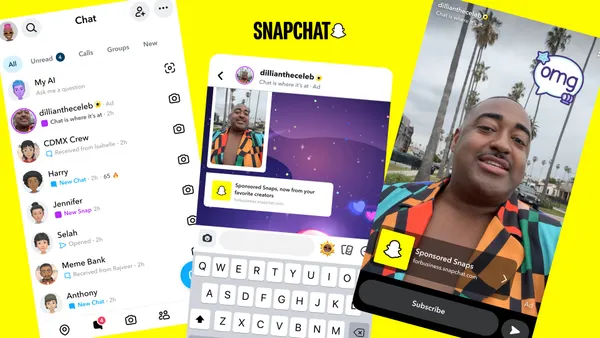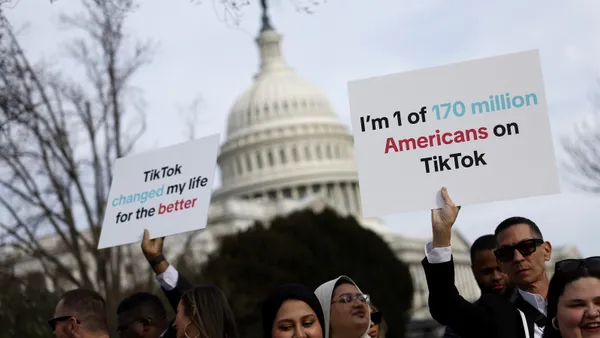Brief:
- 5G smartphones will surge in popularity in the next couple of years as their prices decline and higher-speed service becomes more widely available, according to a new forecast by Gartner. The firm predicts the market share of 5G smartphones will jump to 43% in 2022 from 12% this year, and will make up more than half of all smartphone sales by 2023.
- 5G will help lift total smartphone shipments this year, but the effect will be short-lived. Total smartphone shipments will steadily drop to 1.76 billion by 2022 from 1.78 billion this year amid the continued maturation of the market, Gartner expects. Smartphone shipments fell 2% last year, the firm said.
- Shipments of devices including PCs, tablets and mobile phones will total 2.17 billion worldwide this year — an increase of 0.9% from 2019. Total shipments will fall to 2.15 billion next year and to 2.13 billion by 2022, per Gartner.
Insight:
Gartner's forecast indicates that 5G adoption will grow rapidly, but won't necessarily help to expand the market for smartphones. Instead, it's more likely that mobile consumers will replace older models with next-generation phones and hold onto those devices for longer periods versus upgrading them every year. Other reports indicate that 2020 will be a big year for 5G as Apple is expected to introduce its first 5G iPhone in the fall, and Samsung next month rolls out a broader selection of 5G-enabled devices at its Unpacked event.
Gartner's forecast also suggests that 5G phones will quickly come down in price to help drive sales. High prices have been seen as a major impediment to consumer adoption of 5G technology, especially if consumers don't see a significant improvement in service. Less than 10% of U.S. consumers spend more than $1,000 on a smartphone, a limitation that might cap demand for 5G mobile devices, per a study by NPD Group. The researcher found that consumers in the most populous regions like New York City and Los Angeles are most willing to spend more than $1,000 on a smartphone.
AT&T, Verizon, T-Mobile and Sprint have varying degrees of 5G service, although press reports indicate current network speeds are still a fraction of what they will become in the next decade. Gartner's forecast suggests that 5G will reach a tipping point by 2023, when most smartphones will be equipped with the technology, helping to drive consumption of bandwidth-intensive content that marketers will be able to better tap into like streaming video and augmented reality experiences.











